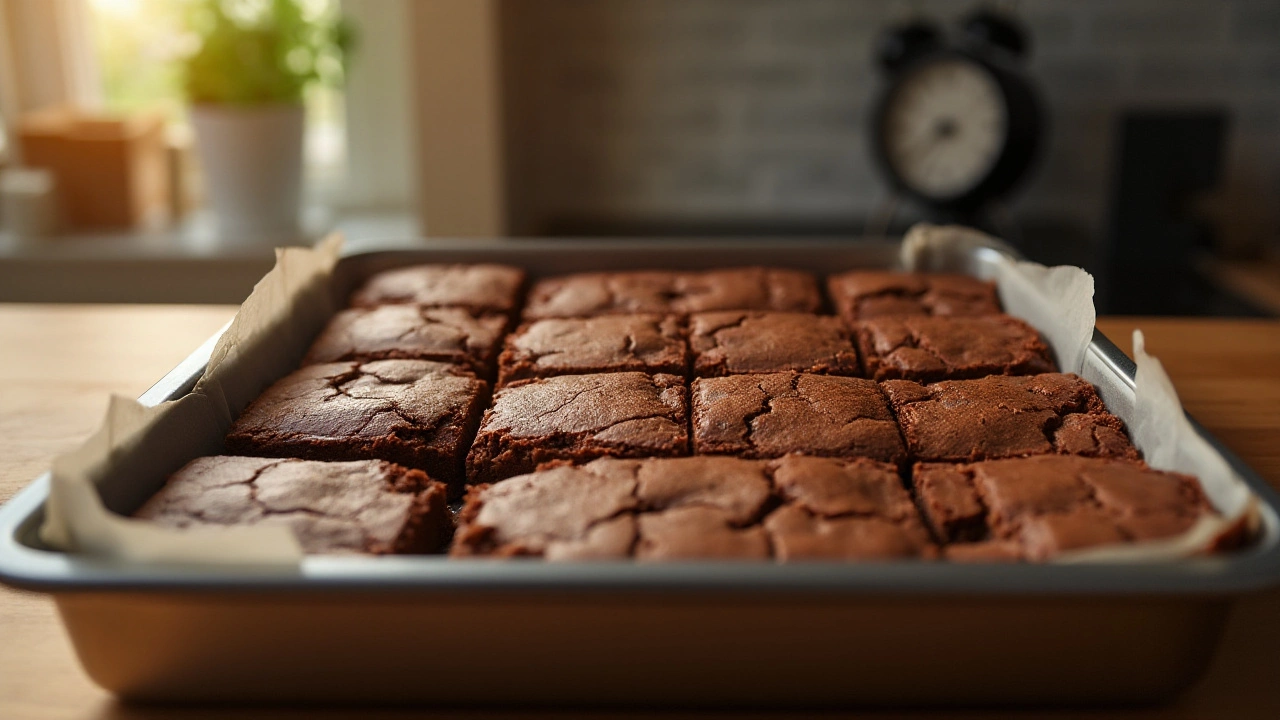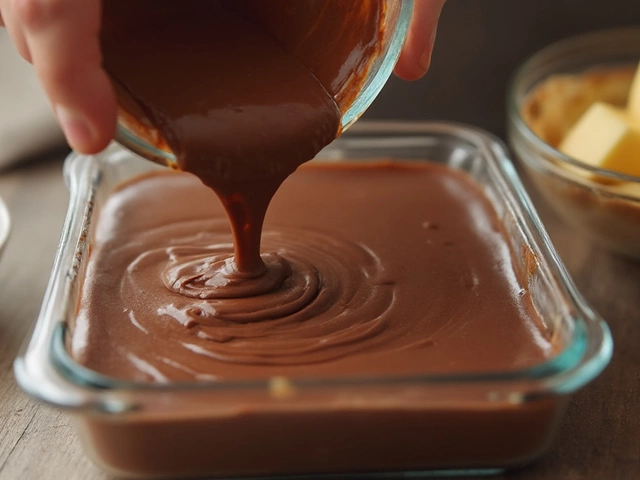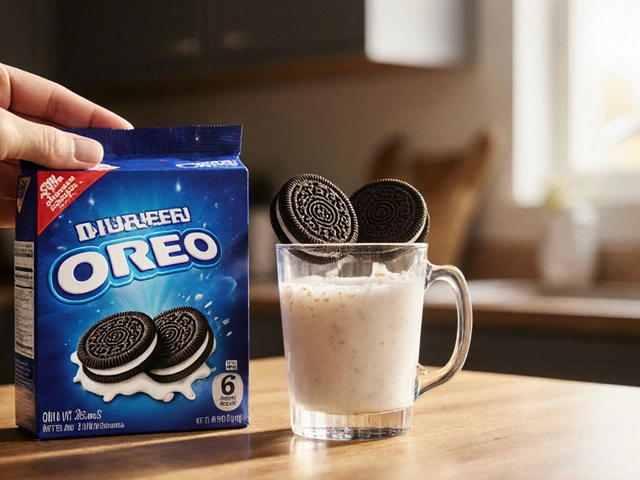Resting Time: Why Let Your Sweets Rest and How Long to Wait
Ever pulled a cake out of the oven and sliced it right away, only to get a soggy mess? The same thing happens with fudge, brownies, and even cheesecake. Giving your desserts a proper rest lets flavors settle, textures firm up, and moisture balance out. Below you’ll find the sweet science behind resting and quick guidelines for the most common treats.
Best Resting Times for Common Desserts
Fudge: After reaching the soft‑ball stage, pour the mix into a pan and let it sit 30‑45 minutes at room temperature. This short rest lets the sugar crystals form properly, giving you that smooth, creamy bite.
Brownies: Cool on a wire rack for at least 20 minutes before cutting. The heat continues cooking the center, so a brief rest prevents crumbling and keeps the interior fudgy.
Gluten‑Free Cakes: These tend to be denser, so let them rest 10‑15 minutes after removing from the pan, then refrigerate for an additional hour before frosting. The extra time helps the crumb set and reduces sinking.
Cheesecake (Eggless or Regular): Once the water bath is done, let the cheesecake cool in the oven with the door ajar for 1 hour, then chill in the fridge for at least 4 hours. This gradual cooling stops cracks and creates a silky texture.
Birthday Cake Alternatives: Dessert bars, mousse, or tiramisu need at least 2 hours in the fridge to firm up. Skipping this step makes them slide off the plate.
Practical Tips to Keep Your Treats Fresh
Store cooled desserts in airtight containers. For fudge, a thin layer of parchment paper on top prevents a skin from forming. Brownies last longer when wrapped tightly in foil and kept at room temperature; add a slice of bread to absorb excess moisture.
If you’re short on time, a quick 10‑minute chill in the freezer (not freezer‑burn) can firm up fudge enough for clean cuts. Just be sure to let it sit at room temperature before serving, or the texture will feel icy.
When dealing with gluten‑free cakes, avoid sudden temperature changes. Let the cake come to room temperature before frosting; this stops the frosting from melting and sliding off.
For cheesecake lovers, store leftovers with a thin layer of whipped cream on top. The cream creates a barrier against air, keeping the surface from drying out.
Finally, label your containers with the date you made the dessert. Most baked goods stay fresh for 3‑5 days, while fudge can last up to two weeks if kept cool and sealed.
Resting isn’t just a waiting game—it’s an essential step that turns a good dessert into a great one. Follow these simple times and tips, and you’ll see a noticeable upgrade in texture, flavor, and overall satisfaction. Happy baking!

Perfect Brownie Resting Time: What Every Baker Should Know
The resting time for brownies is crucial to achieving the perfect texture and flavor. This article explores how long brownies should rest after baking and why patience is essential for the best results. Learn tips and tricks for setting brownies to perfection, the science behind resting, and how different recipes can affect waiting time. Dive into the details to elevate your brownie-baking skills by mastering the art of resting.
View More




